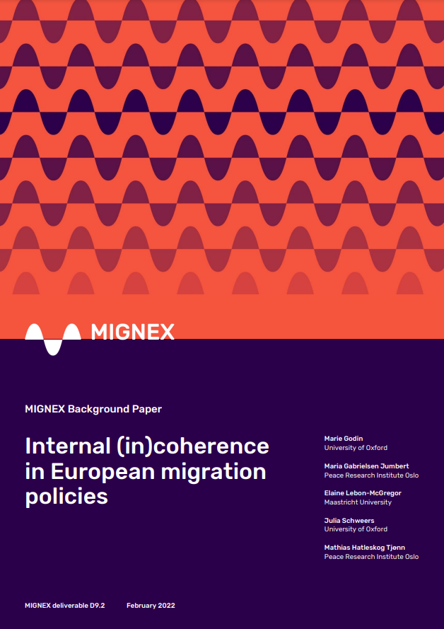Drafted a decade apart, the 2011 Global Approach to Migration and Mobility and the 2020 New Pact on Migration and Asylum demonstrate a clear shift in European migration policy. How has the notion of policy (in)coherence played a part in this, and have its meaning and aims changed over time?
The study of policy incoherence in European migration policies reveals discrepancies between understanding of coherence among policy-makers and understanding in academic analyses.
Coherence in the policy world primarily concerns the ‘coordination’ of policies (‘horizontal coherence’), ‘cooperation’ between actors (‘vertical coherence’) and as an ideal to strive towards.
The way policy coherence is reflected in EU migration policy has shifted from a polysemic approach to the migration–development nexus, to coherence for the more efficient return of irregular migrants.
Available in full text at: https://www.mignex.org/d092









